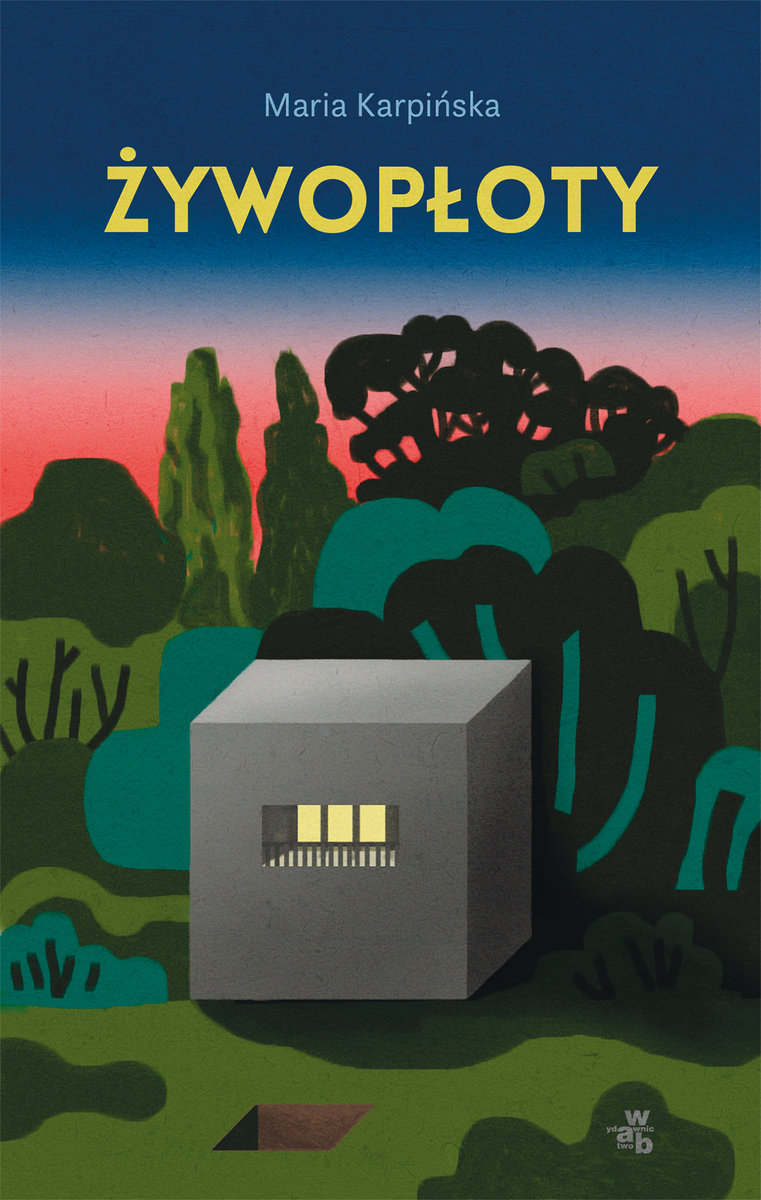A tale of two cities: Nowa Huta

Nowa Huta – so many things.
From a merely cadastral standpoint, Nowa Huta is the easternmost district of Krakow, the XVIII. It is, also, one of the few places in Poland inhabited without gaps since the Neolithic Era; subsequently, the site is home to a large Celtic outpost as well as to the country’s oldest Slavic settlement. Later on, it appears to be linked with the city’s eponymous founder, Krakus, and with his daughter, whose mortal spoils rest underneath the Wanda Mound (Kopiec Wandy), a few kilometres away [1].
Still afterwards, Nowa Huta becomes grange to the Cistercian monastery of Mogiła. In due course the outskirts of the yet-to-be-recognised district are included in the border between territories controlled by Austria-Hungary and Russia. After 1945, the socialist regime decides to erect a satellite city combined with a vast industrial complex, in part to attract people from the countryside and to abash the resistance of the city’s middle class.
In Polish, Nowa Huta means “New Steelworks”.









